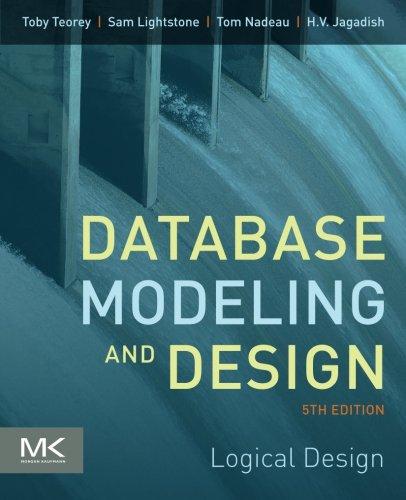Answered step by step
Verified Expert Solution
Question
1 Approved Answer
This project involves working with a designated dataset comprising customer details, along with a history of previous payments and billing statements. Throughout this assignment, you
This project involves working with a designated dataset comprising customer details, along
with a history of previous payments and billing statements. Throughout this assignment, you will have
the opportunity to apply quantitative reasoning, critical and creative thinking, as well as communication
and problemsolving skills.
Problem: Customer Credit Prediction:
In this project, you will work with a dataset containing customer information along with a history of
previous payments and billing statements. Your task is to explore, analyze, clean, preprocess, and
engineer features from the data provided to you and finally develop a model to predict customer default
payments. Project Phases: whichever applies to your problem
Data Exploration and Analysis EDA:
Understand the dataset's structure, dimensions, and types of data.
Explore the distribution of each feature and target variable.
Visualize relationships between features and the target variable using appropriate plots
and charts.
Identify potential patterns, trends, and outliers.
Data quality report
Data Cleaning:
Data quality issues and mitigation plans
Identify and handle missing values appropriately imputation removal, etc.
Address any inconsistencies or errors in the data.
Ensure data integrity and consistency.
Feature Engineering:
Select relevant features based on domain knowledge and exploration.
Create new features that might improve predictive performance.
Convert categorical variables into numerical representations onehot encoding, label
encoding
Scale or normalize numerical features if needed.
Problem Definition:
Define the problem you want to solve.
Clearly state your goals and objectives.
Model Selection and Implementation:
Choose suitable predictive algorithms for your defined problem.
Split the dataset into training and testing sets.
Train, tune, and validate your chosen models.
Evaluation and Interpretation:
Evaluate the performance of your models using appropriate evaluation metrics
accuracy precision, recall, MSE, Rsquared, etc.
Interpret the results and provide insights into the features that are most influential for
predictions.
Conclusion and Recommendations:
Summarize your findings and conclusions.
Recommend actions or strategies based on your
predictions.
Discuss the potential future directions to improve the performance of your model.
Step by Step Solution
There are 3 Steps involved in it
Step: 1

Get Instant Access to Expert-Tailored Solutions
See step-by-step solutions with expert insights and AI powered tools for academic success
Step: 2

Step: 3

Ace Your Homework with AI
Get the answers you need in no time with our AI-driven, step-by-step assistance
Get Started


